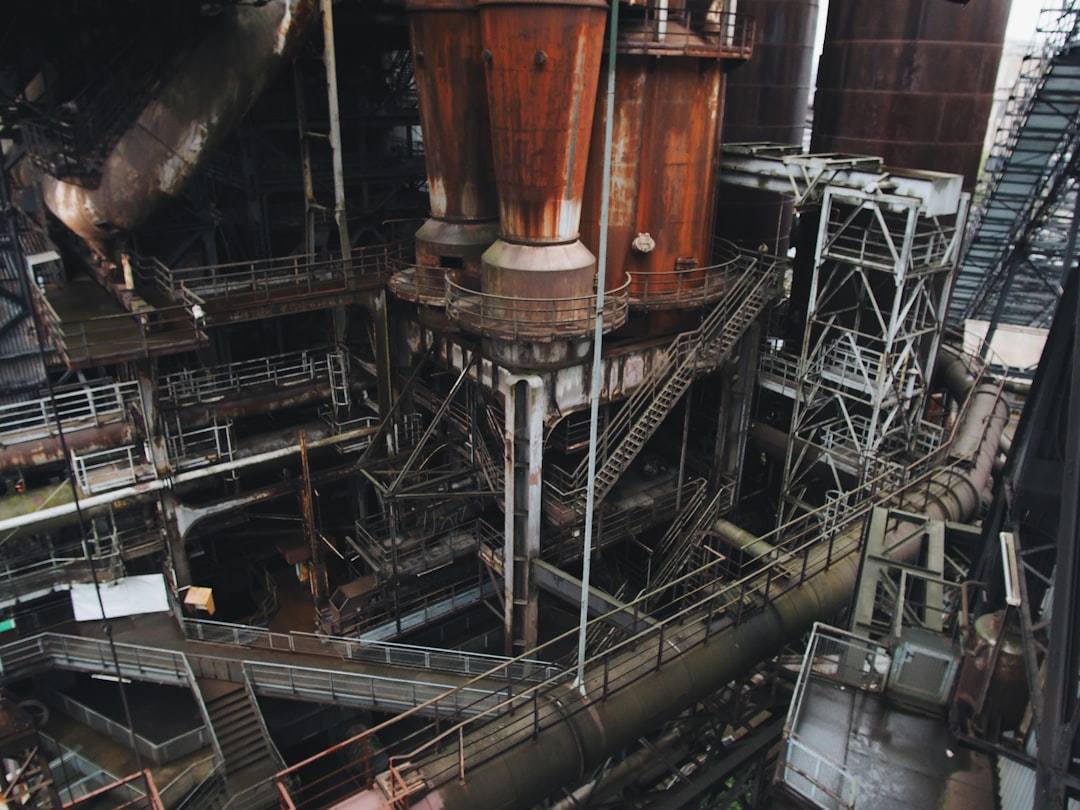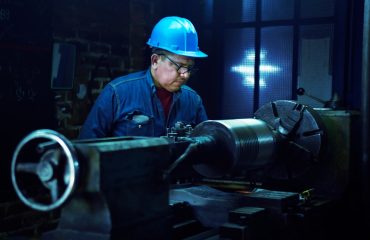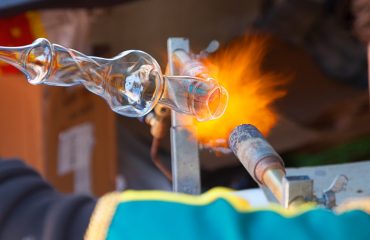The production of high-quality steel is a complex process demanding rigorous quality control at every stage. From raw material selection to the final product, meticulous monitoring and testing are crucial to ensure the steel meets the required specifications and performs reliably in its intended application. This guide delves into the various methods employed to maintain and enhance steel quality control, ensuring the integrity and performance of this vital material.
1. Chemical Composition Analysis: The Foundation of Steel Quality
The chemical composition of steel directly influences its properties. Variations in the percentages of elements like carbon, manganese, silicon, phosphorus, sulfur, and alloying additions (chromium, nickel, molybdenum, etc.) significantly affect strength, hardness, ductility, weldability, and corrosion resistance. Therefore, precise chemical analysis is paramount. Several techniques are employed:
- Spectroscopy (OES): Optical Emission Spectroscopy is a rapid and accurate method for determining the elemental composition. A sample is excited, and the emitted light is analyzed to identify and quantify the elements present.
- Inductively Coupled Plasma Atomic Emission Spectrometry (ICP-AES): This technique offers high sensitivity and accuracy, particularly for trace elements. It’s ideal for detecting even minute impurities that can affect steel properties.
- Wet Chemical Analysis: Traditional methods like titration and gravimetric analysis are still used, particularly for verification and in situations where other methods might be unavailable. These methods provide precise results but are more time-consuming.
Regular chemical analysis throughout the steelmaking process ensures that the composition remains within the specified tolerances, preventing defects and ensuring consistent quality.
2. Mechanical Testing: Evaluating Steel’s Physical Properties
Chemical composition alone doesn’t fully define steel’s performance. Mechanical testing provides crucial insights into its physical properties, including strength, ductility, hardness, and toughness. Common mechanical tests include:
- Tensile Testing: This determines the ultimate tensile strength, yield strength, elongation, and reduction in area. It reveals the steel’s ability to withstand tensile forces before failure.
- Hardness Testing: Methods like Rockwell, Brinell, and Vickers hardness testing measure the resistance of the steel to indentation. Hardness is a good indicator of strength and wear resistance.
- Impact Testing (Charpy or Izod): These tests assess the steel’s ability to absorb energy upon impact, revealing its toughness and resistance to brittle fracture, particularly at low temperatures.
- Fatigue Testing: This evaluates the steel’s resistance to failure under cyclic loading, crucial for applications experiencing repeated stress.
Mechanical testing verifies that the steel meets the required strength and toughness levels for its intended application, ensuring its reliability and safety.
3. Non-Destructive Testing (NDT): Ensuring Internal Integrity
NDT methods allow for the inspection of steel components without causing damage. These techniques are vital for detecting internal flaws like cracks, voids, and inclusions that might compromise the steel’s integrity. Common NDT methods used in steel quality control include:
- Ultrasonic Testing (UT): High-frequency sound waves are used to detect internal flaws by analyzing the reflection and transmission of the waves.
- Radiographic Testing (RT): X-rays or gamma rays penetrate the steel, revealing internal flaws by analyzing differences in density and absorption.
- Magnetic Particle Testing (MT): This method is used to detect surface and near-surface cracks in ferromagnetic materials. Magnetic particles are applied to the surface, and flaws disrupt the magnetic field, causing the particles to accumulate at the defect location.
- Liquid Penetrant Testing (PT): This technique is used to detect surface-breaking flaws. A penetrant is applied to the surface, and excess penetrant is removed. A developer then draws the penetrant out of the flaw, making it visible.
NDT ensures that the steel components are free from critical defects, enhancing their safety and reliability in service.
4. Microstructural Analysis: Unveiling the Steel’s Internal Structure
The microstructure of steel, the arrangement of its constituent phases (ferrite, pearlite, martensite, etc.), significantly impacts its properties. Microstructural analysis involves examining a polished and etched sample under a microscope to determine the grain size, phase distribution, and presence of any undesirable constituents. This analysis provides valuable insights into the steel’s processing history and helps explain its mechanical properties. Techniques like optical microscopy, scanning electron microscopy (SEM), and transmission electron microscopy (TEM) are employed.
Understanding the microstructure allows for better control over the steelmaking process and helps in predicting the steel’s performance characteristics.
5. Traceability and Documentation: Maintaining a Complete Audit Trail
Maintaining comprehensive records throughout the entire steel production process is crucial for traceability and quality assurance. This involves documenting every step, from raw material sourcing and chemical analysis to mechanical testing and NDT results. A robust traceability system allows for the identification and investigation of any quality issues, facilitating corrective actions and preventing recurrence. This detailed documentation is essential for meeting industry standards and regulatory requirements.
Effective traceability and documentation are vital for maintaining high quality standards and building customer confidence.
By implementing these comprehensive quality control methods, steel manufacturers can ensure the production of high-quality steel that meets the stringent demands of diverse applications. Continuous improvement and adaptation of these techniques are essential for staying at the forefront of steel production excellence.
SEO Tags:
- Steel Quality Control
- Steel Testing Methods
- Non-Destructive Testing Steel
- Steel Chemical Analysis
- Mechanical Properties of Steel




